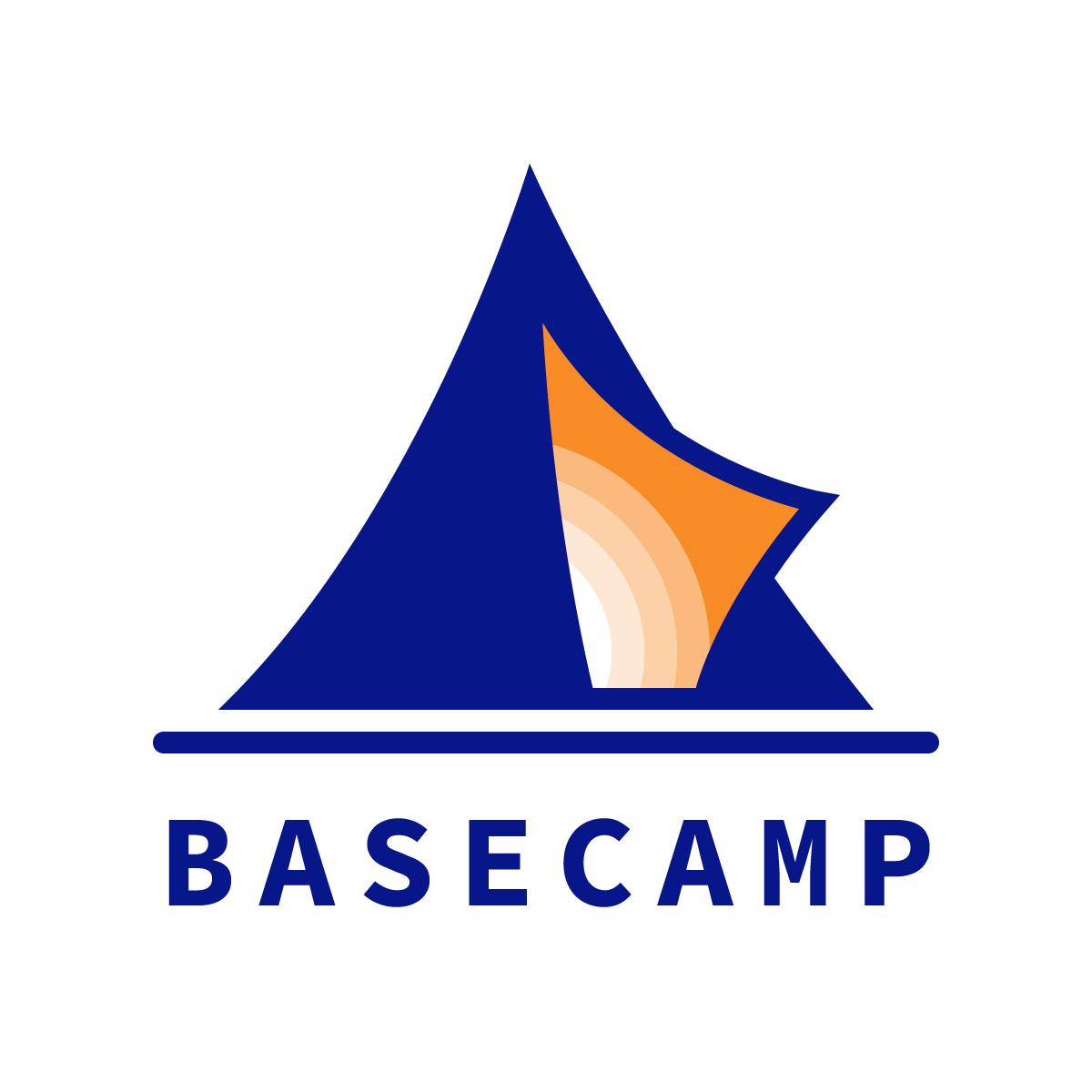Future of Learning Top Reads for week of October 9 2017
Photo by gdtography on Unsplash
If you want to sketch the contours of the future of learning, these 3 articles can help you sense the shape of where learning will (or should) go next:
***
"Leapfrogging toward success in education," by Rebecca Winthrop / @RebeccaWinthrop and Adam Barton, in Stanford Social Innovation Review
"Historically, in the United States and across the developing world, the mass schooling movement first focused on increasing access to schooling, starting with primary education. Much later, systems shifted to ensuring that children actually experience high-quality teaching and learning. Only after that did the focus shift to questions of the relevance of these learning experiences for work and life. To leapfrog education across the globe, we argue that we must jettison this outmoded model of progress, and make room for entirely new mental models."
Why does this matter for the future of learning? In Winthrop and Barton's "leapfrog pathway" model, advances in pedagogy and recognizing learning are essential, whereas advances in "people and places" and technology are "helpful but non-essential tools for transforming what and how children learn." I would love to see an update to this study after well-resourced schools begin to adopt exponential technologies (VR, AI, etc.) at scale, but in the meantime this overview lays out a case for every school to consider its own leapfrog opportunity. For a case study in using the leapfrog innovation strategy, consider the example of Bishop Kearney High School in Brooklyn NY.
***
"The Age of the Individual Is Upon Us," by Sam Chaltain / @samchaltain, on Democracy. Learning. Voice.
"One year, early in my teaching career, I got reprimanded for giving too many A's. 'You can’t give everyone the same grade,' I was instructed. 'Give a few A’s and F’s, and a lot of B’s and C’s. Otherwise, everyone will know that your class is either too easy or too hard.' This was unremarkable advice; indeed, it was as close to the educational Gospel as you could find. It was human nature in action. And, apparently, it was completely wrong."
Why does this matter to the future of learning? Inspired by Todd Rose's End of Average (a must read for educators), Sam's blog post lays bare the lie that school ought to be organized around "averagarianism," the belief that averages reveal the truth about students and about learning outcomes. Sam's blog post also coincides with the launch of WONDER by Design's 180 project (Sam is one of the principals of WONDER). The 180 project reframes the narratives about the purpose of education, and the many innovative methods already underway to transform it. You can see the first, short, animated 180 video at the end of Sam's blog post. In the future, schools that thrive will relieve students from worrying about their grades being averaged together, and focus learners instead on developing mastery.
***
"Data From 3.5 Million Employees Shows How Innovation Really Works," by D. Minor, P. Brook, J. Bernoff, in Harvard Business Review
"But what we learned from our analysis of all this data is that innovation is, indeed, a science. And surprisingly, the variables that make for a successful innovation program are independent of whether the company is seeking disruptive or incremental innovations. It doesn’t matter whether they’re asking for process or product innovation, what industry the company is in, or even, for the most part, whether the company is large or small. The key variable that we identified across all the companies in our analysis is the ideation rate, which we define as the number of ideas approved by management divided by the total number of active users in the system."
Why does this matter to the future of learning? As I noted earlier this week, the authors bury the lede, because the real story here involves the role that diversity and inclusion play in your organization's "cultural DNA." At Basecamp, we believe that when schools use core values to harmonize (or "include" optimally) diverse strengths, perspectives, and experiences, they achieve a state of pluralism. And as this article points out, pluralistic organizations have the cultural DNA for innovation. In the future, schools that want to innovate will start by determining whether their cultural DNA is pluralistic.
***
Thank you for reading! Want to receive original Basecamp blog posts every Tuesday and Thursday and "Top Reads" every Saturday? Subscribe here.

